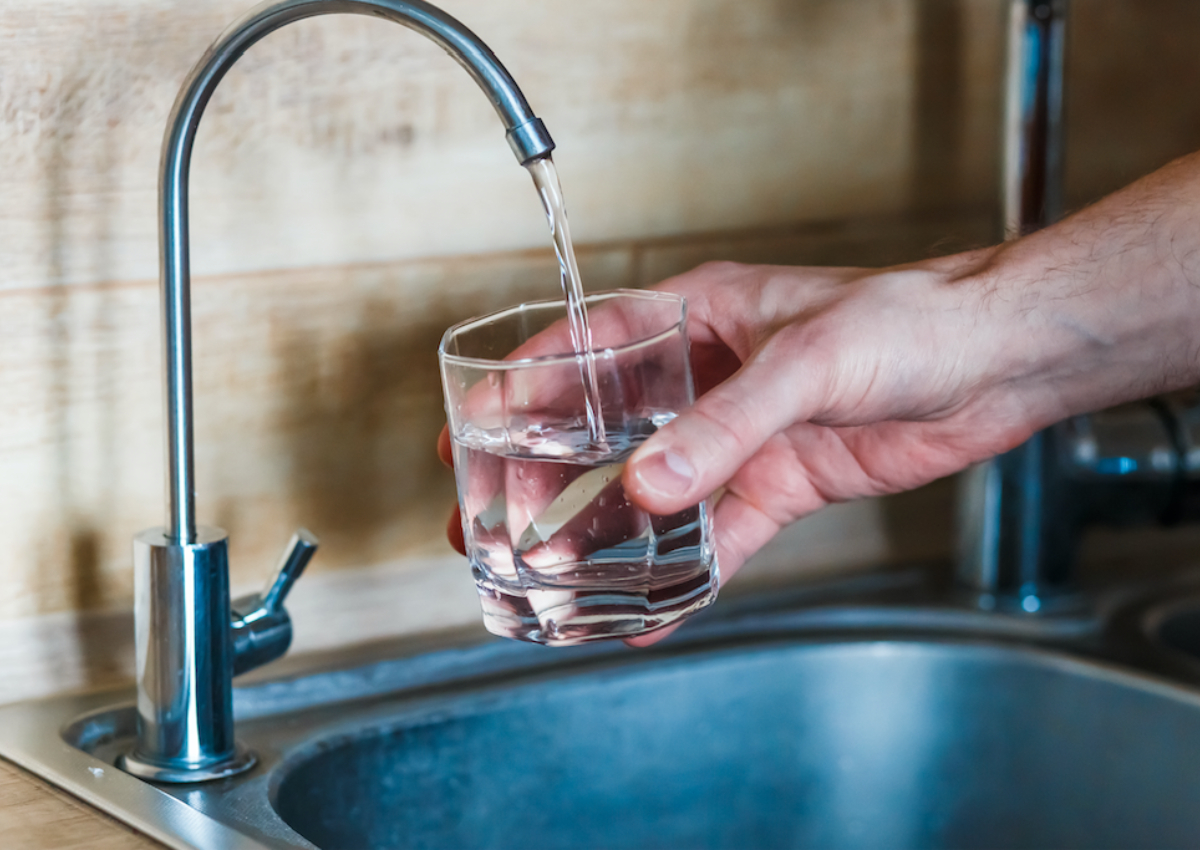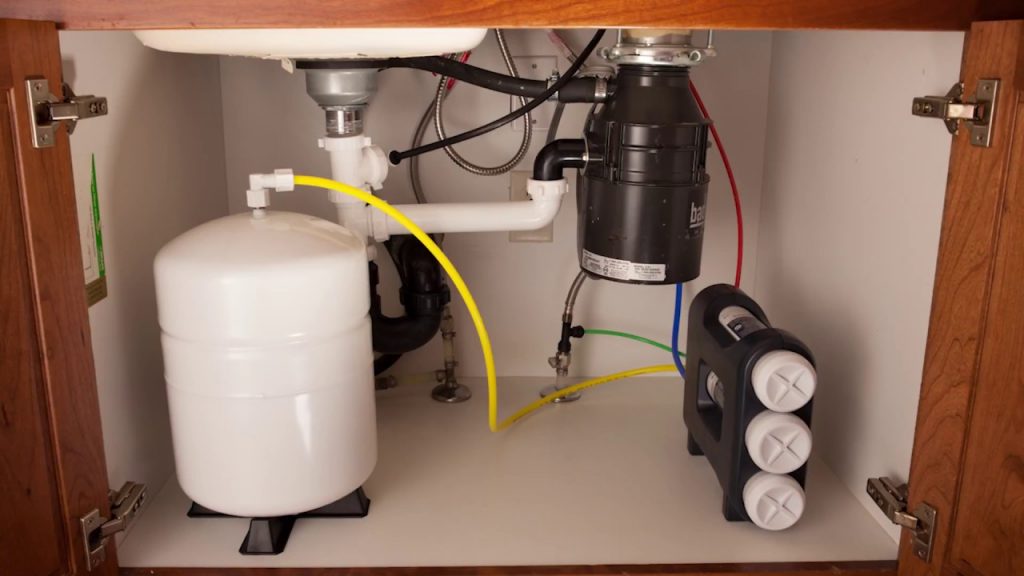
What is the best water filter
Tap water does not differ in transparency, pleasant taste and purity. Often it can not be drunk raw, tea and coffee from it are not so aromatic and rich. Therefore, many today are considering how to choose a water filter for washing. Indeed, just such an option of water purification, as experience has shown, turned out to be the most convenient and practical.
Features, device and varieties of water filters

It would be a mistake to assume that these devices suggest some specific way of purifying water. Pipes suitable for the filter are connected by tapping with water pipes for cold water supply. And upstairs a separate faucet is displayed, from which it will be possible to collect purified water. If there is too little space under the sink, then a wall-mounted installation of the filter system is possible – this is also practiced. Existence of the crane gives comfort of use. Framed the kettle – and pour as much as needed. Or you can immediately pour in a cup of water to drink.
Varieties of filters
As for the design features of filters with placement under the sink, they can be performed in two versions – reverse osmosis systems and flow-through sorption filters.
Flow-through sorption filters

These are the most simple and inexpensive devices. They are several (from two to four) containers, connected in series with each other, inside of which are filter cartridges. Such filters are connected to the water supply system using flexible eyeliner. It is most convenient and practical to do this under the sink. Well, a small faucet for clean water is placed on top.
Flasks with filter elements can be from two to four. Each flask contains a cartridge with a specific filler. Some of them carry out mechanical, others sorption cleaning. Some filters are also equipped with UV disinfection systems. Tap water, passing through all these flasks, is sequentially purified, at the beginning of mechanical impurities, and then from smaller inclusions. As a result, the smell of bleach and rust, metal impurities and pesticides, dirt with sand, oil products leave the water. As well as pathogenic bacteria that, when neutralized, are no longer able to cause harm.
Flowing systems, in addition to urban apartments, are also used in country houses. Delicious, like from a spring, water acquires transparency and purity. You can cook or wash your food.
Reverse osmosis systems
And yet, when deciding which water filter to choose, most consumers stop at the reverse osmosis water filtration system installation. In one of the modules of this filter there is a sensitive membrane, capable of passing only water molecules further. And all impurities contained in the liquid are safely held on its surface, and then washed off.
At first glance, visual differences with a flow-through sorption filter are not visible at all. The same few connected tanks. Yes, and this filter is mounted in the same way – it is connected under the sink to water pipes. However, there is a fundamental difference. In addition to flasks with cartridges of sorbents, an osmotic membrane is located in one flask. In addition to this, these cleaning systems contain a tank designed to create a supply of clean water. This is because the rate of passage of water through the membrane is not as high as the rate of passage through the sorption filter.

Pre-filters purify water mechanically and with a carbon filler. The filter, standing after the membrane, mineralizes and deodorizes water. Perhaps, around the world there is no system more popular than reverse osmosis. A membrane with tiny holes holds all the harmful substances, which then simply go into waste water.